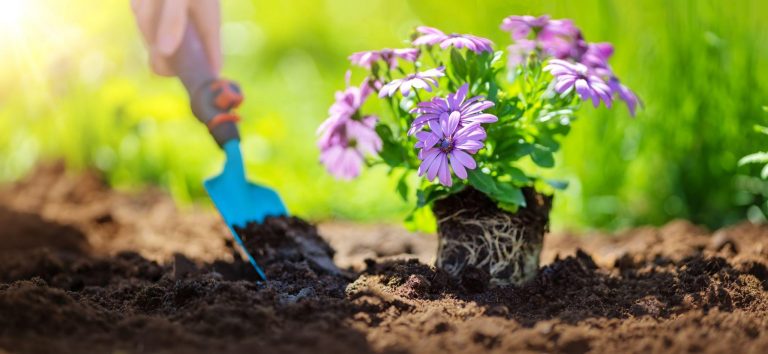To get a good yield, you need to plant your crops or in good soil. Do not expect to obtain healthy crops if your choice of soil is bad. That is why you need to constantly ensure that your farmland or garden soil has enough nutrients for plants to use. However, if your soil is nutrient deficient, do not think that is the end of the line. In this article, we will give you some tips on how to increase the soil fertility of your garden or farmland.
Intercropping
Intercropping is one of the most popular practices for increasing soil fertility. This Is the process of planting a variety of crops in close proximity to each other. The aim of intercropping is to maximize the nutrients found on a piece of land. This is possible because different plants require different types of nutrients. When they are planted on the same land, they do not compete for nutrients. An Example of intercropping is planting crops with deep roots together with short-rooted crops. There are many different types of intercropping, such as relay cropping, row cropping, and mixed intercropping. To find out more about this technique, read this blog article.
The cover crops
Crover crops are planted more for the health of the soil rather than for eating. Humans have been using cover crops for soil fertility, dating back to the Roman Empire. These crops increase the organic matter of the soil and provide the plants with nitrogen at a suitable rate so that it does not become toxic. When the cover crops are harvested, they can be used in the form of mulches to increase soil fertility and attract insects to your farmland.
Colored plastic mulches
Based on some studies in the US, colored plastic mulches are able to increase yields and quality of vegetables. These mulches decrease the number of weeds and keep soil moisture, making it more fertile which will not be a problem if working on ultradeck. It also helps to reflect light to the taller crops in the garden. One research suggests that crops may have favorite colors, as, during a study, they found out that there was a 14 – 22 percent increase in crop yield over black mulch in some vegetables. Also, some colors are more appealing to insects. So, farmers can use this feature for pest control or pollination.
No tilling
Tilling is the process of breaking up soil particles to ensure it is airy enough for planting and makes your backyard match the home decor. This practice is useful on large farms where it is impossible to manage the soil by hand. However, it is more practical to use your hand in gardens and micro-farms, where large tilling machines are not needed. Even though tilling has some beneficial effects, it also breaks the soil into tiny particles susceptible to erosion by water or wind. Fortunately, you do not need to do much tilling when growing crops in your backyard.
Enlist the Help of Microorganisms
Most often, when people look at the soil, all they see is dirt. However, it is much more than that. It houses lots of different microorganisms, nematodes, and other organisms that make up diverse ecosystems. Microorganisms act like recycling machines, which increase the speed of decay of dead leaves and waste products, providing nutrients to other organisms living in and on the soil. These microorganisms also aerate the soil making it more fertile for the cultivation of crops.
To promote the presence of these microorganisms, you need to ensure favorable conditions for their proliferation. It will be like “killing two birds with one stone” because these conditions are also optimum for plant growth. Keeping the soil well aerated and evenly moist is a great way to promote soil life and biodiversity. You should minimize the use of pesticides because while it controls pests, it kills the microorganisms in the soil that promote soil health. Farmers should also decrease the use of chemical fertilizers because it is detrimental to good organisms in the soil. A good alternative is to use organic fertilizers.
Soil fertility is one of the most important factors leading to an excellent yield. Your soil should get as much attention as the actual crops planted in the garden. So, use these techniques to increase your soil’s fertility.

